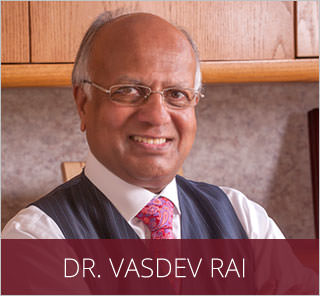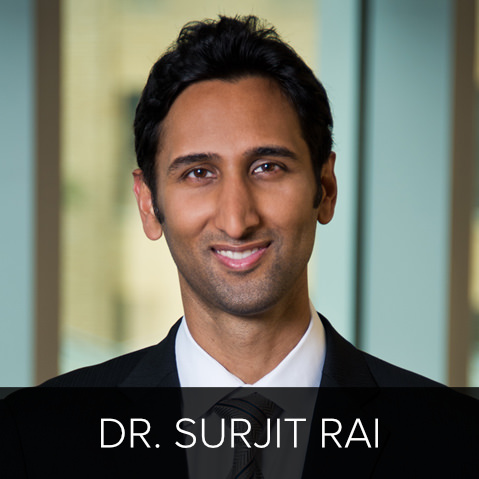Stem Cells May Increase Survival Rate of Fat Transplant Cells
Autologous fat transplants are increasing in popularity as people seek a natural alternative to implants. Although fillers like Restylane are derived from natural compounds found in the body and skin, autologous fat transfer is one step closer to completely natural body contouring. It allows for larger amounts of material to be injected for larger-scale body contouring. An additional appeal of autologous fat transplantation is the possibility that the transplanted fat will survive and become a long-lasting improvement in the area into which it is injected.
I mentioned that doctors are considering its use for breast augmentation. The main difficulty with autologous fat transplantation is that the survival rate for the fat is generally 50-75%, and the dieback can be very unpredictable, leaving irregular dimpling similar in appearance to cellulite. In contrast, fillers like Restylane are absorbed by the body evenly and predictably, so that although the lifetime of results is short, retreatment can be planned and executed to give consistent, constant results.
Now doctors are attempting to overcome the dieback of transplanted fat cells by using stem cells. This is not the type of stem cells limited by the government funding ban, but, rather, a type of stem cell that is derived from the tissue extracted during liposuction. These stem cells are mixed with the fat before it is reinjected into the patient. The goal is to use the stem cells’ regenerative properties to improve the survival rate of transplanted fat, leading to the steady, predictable results necessary for the procedure to come into common usage.
This procedure is not yet in common usage, but it represents an exciting future possibility. To learn more about the best available options for body contouring, buttock augmentation, and breast augmentation contact the Cosmetic Surgical Center today for a consultation.
Dr. Vasdev Rai
 Dr. Vasdev Rai has performed more than 25,000 cosmetic surgeries over his more than 30 years in practice as a Dallas plastic surgeon. He is a board-certified plastic surgeon who was first certified by the American Board of Plastic Surgery in 1983. Learn More...
Dr. Vasdev Rai has performed more than 25,000 cosmetic surgeries over his more than 30 years in practice as a Dallas plastic surgeon. He is a board-certified plastic surgeon who was first certified by the American Board of Plastic Surgery in 1983. Learn More...
Dr. Surjit Rai
 Dr. Surjit Rai was born and raised in Plano, Texas. Being the son of a plastic surgeon, Dr. Rai had the unique opportunity to see first-hand the impact a plastic surgeon can have. He knew at a young age that he would dedicate his life and academic career towards the goal of becoming a plastic surgeon. Learn More...
Dr. Surjit Rai was born and raised in Plano, Texas. Being the son of a plastic surgeon, Dr. Rai had the unique opportunity to see first-hand the impact a plastic surgeon can have. He knew at a young age that he would dedicate his life and academic career towards the goal of becoming a plastic surgeon. Learn More...
